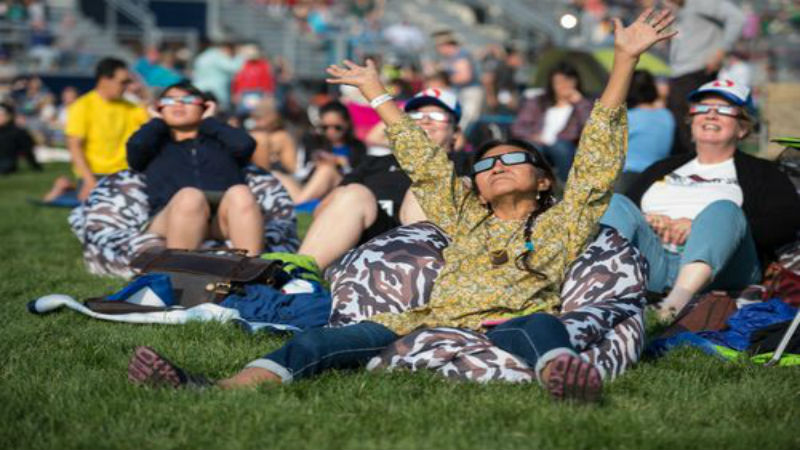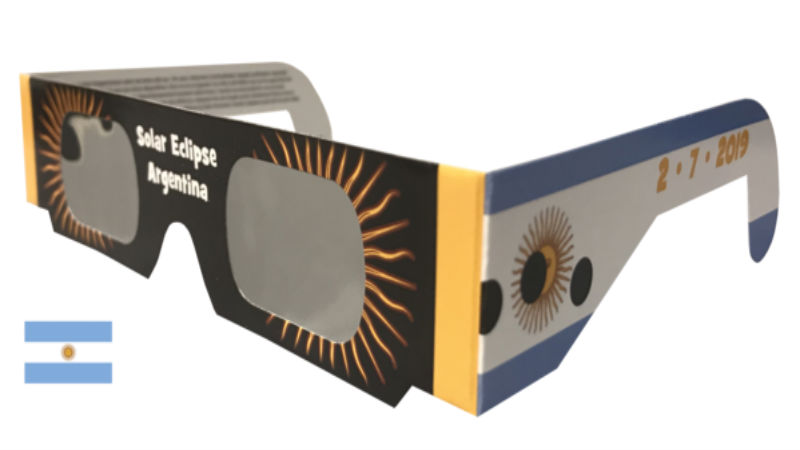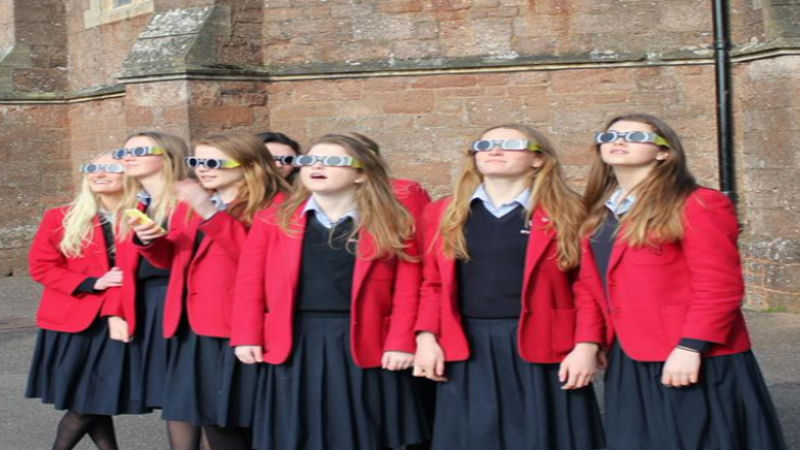Solar eclipses are fun to watch, and if you ever saw a full or partial eclipse, it’s something you’ll always remember. It’s important to wear approved eclipse shades when you view these events, but did you know there are four kinds of eclipses? Here are some more fun things to know about solar eclipses.
Eclipses and the New Moon Phase
The moon goes through several phases with a full moon providing total visibility. A new moon is not visible because it’s completely shaded from the sun’s light. This is the only time a solar eclipse can happen. The moon is invisible except when it passes between the sun and earth for a brief time. The eclipse shades the earth from the sun.
Shadows
The moon casts three kinds of shadows on the earth. They are called umbra penumbra, and antumbra shadows. Here is more about them:
* Umbra – the innermost area of the shadow. It’s also the darkest part, and it causes total eclipses.
* Penumbra – the moon’s shadow only covers part of the sun’s light. This is what happens when a partial eclipse shades the sun from the earth.
* Antumbra – caused when the moon’s shadow covers the sun but leaves a halo or outline of light all around the shadow. If you could get nearer to the sun at this time, you would eventually experience a total eclipse.
4 Kinds of Eclipses
* Total – the moon’s umbra shadow covers the sun.
* Partial – caused by the penumbra shadow
* Annular – a spectacular sight where the outline of the sun is still visible.
* Hybrid – a combination of total and annular. In some areas, it’s a total eclipse while in other parts of the world, it’s an annular eclipse.
All eclipses should be viewed with proper eclipse shades or viewers.



